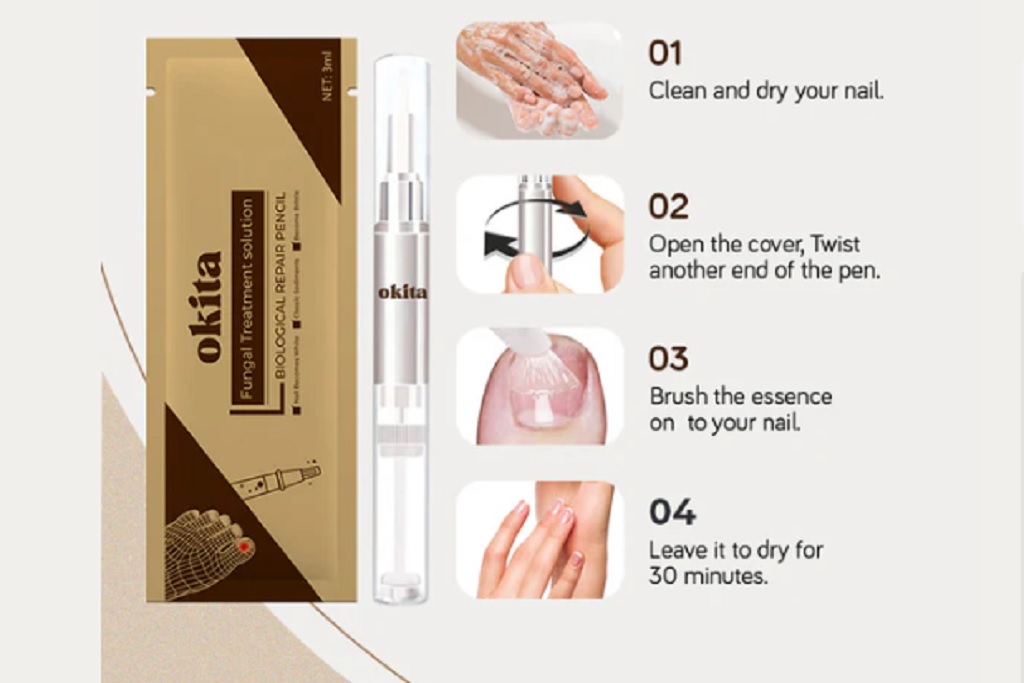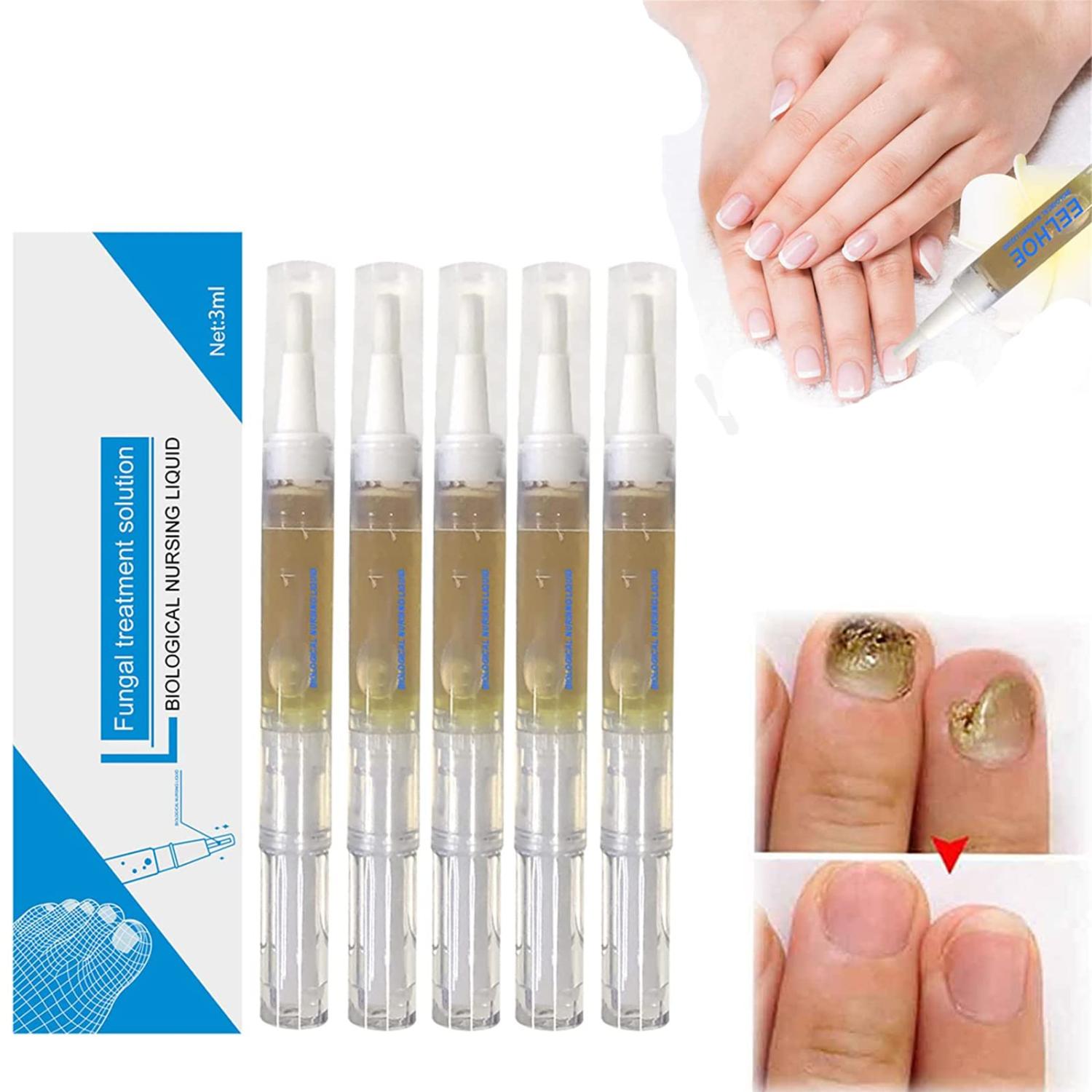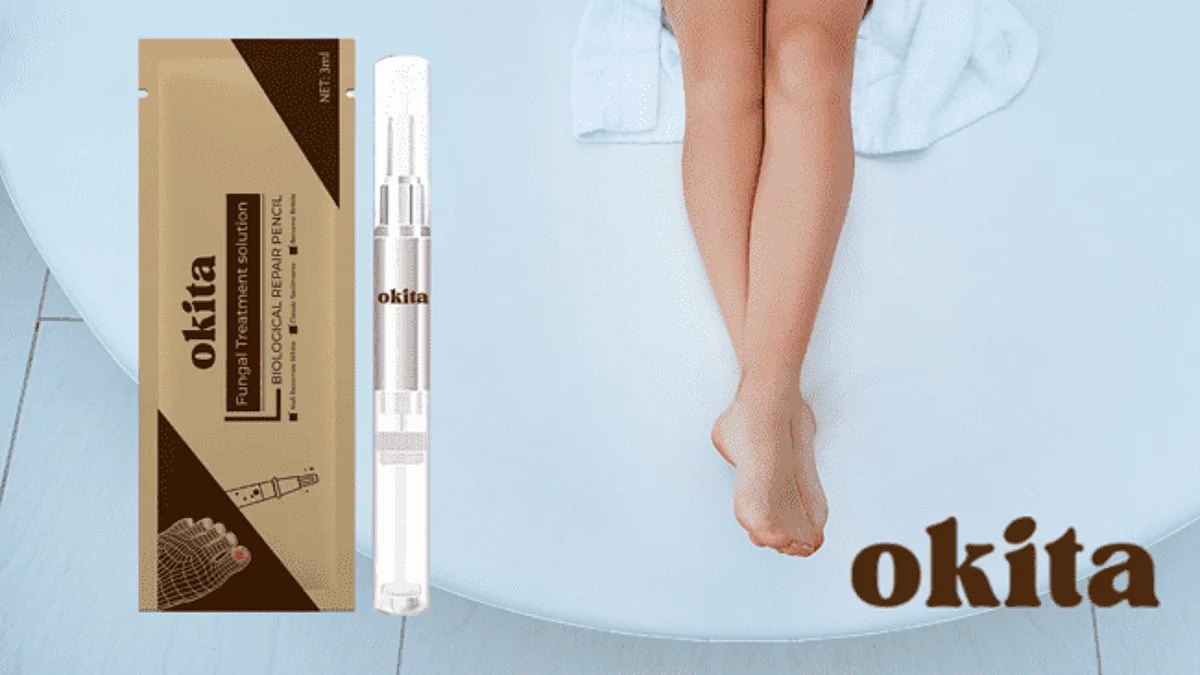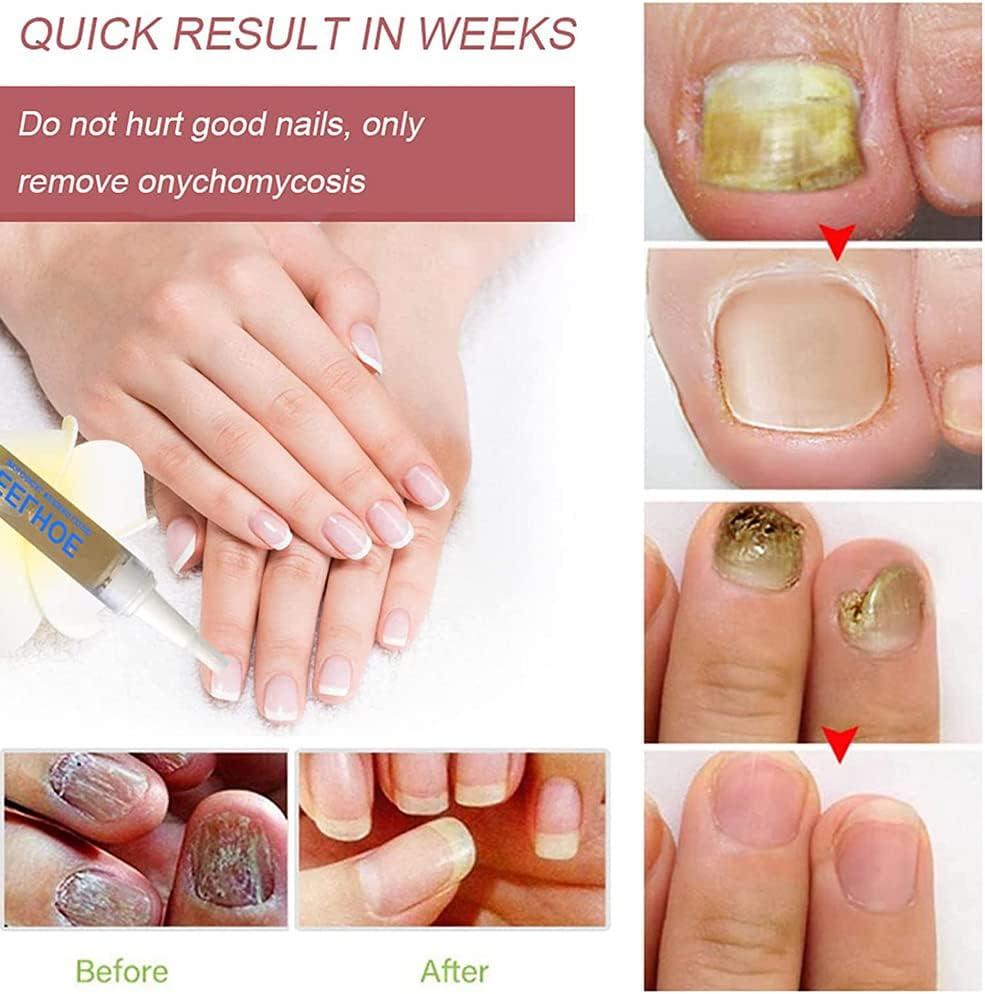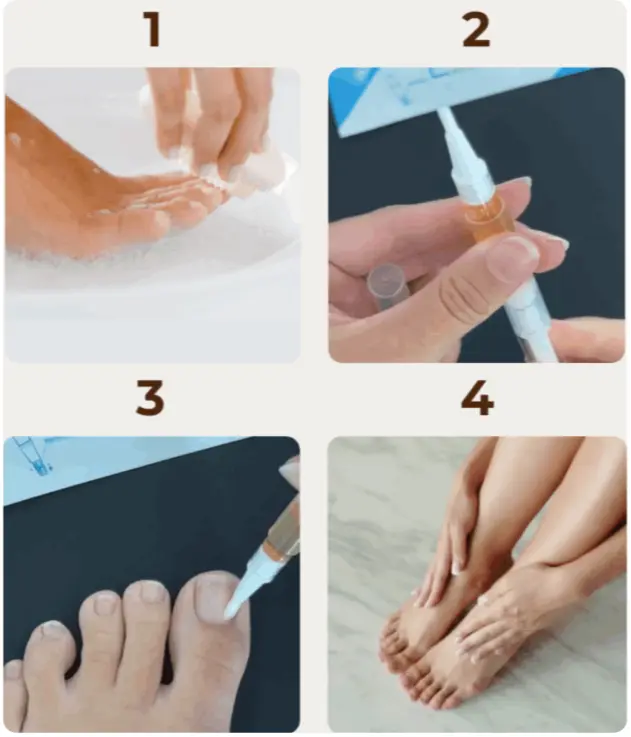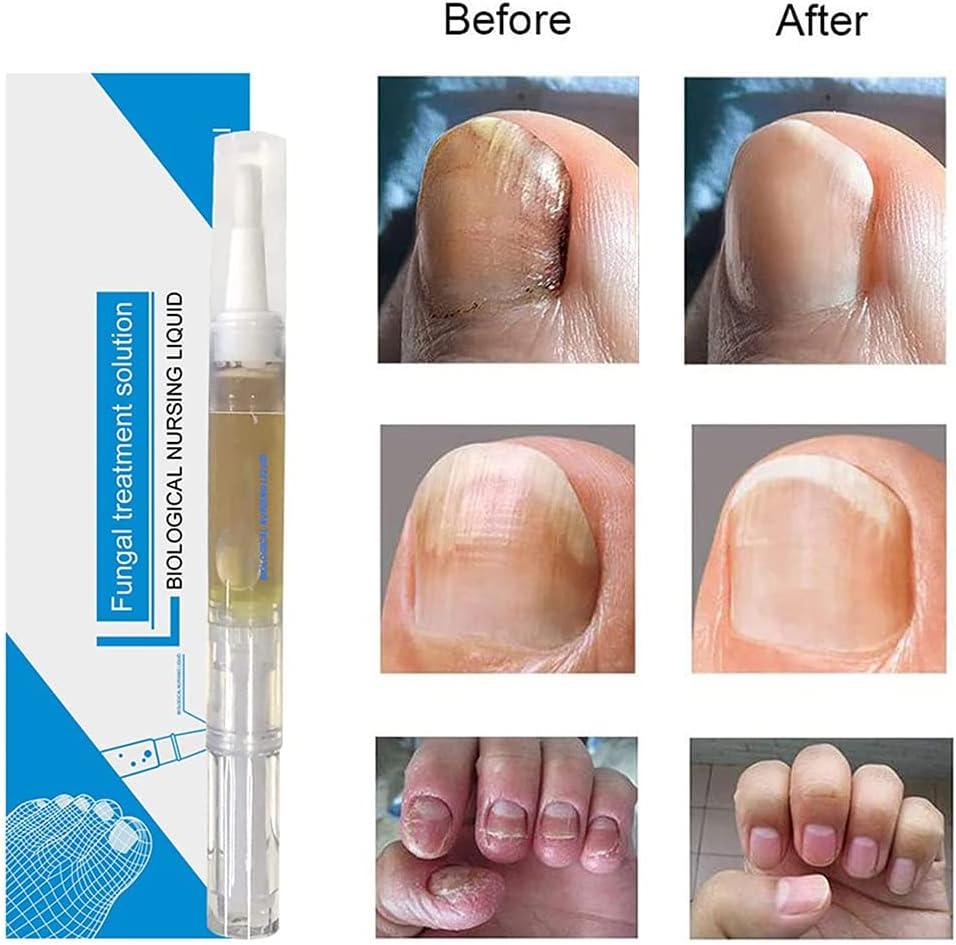Okita Toenail Fungus Pen Reviews And Complaints

The Okita Toenail Fungus Pen, marketed as a convenient over-the-counter solution for onychomycosis, has garnered attention both for its accessibility and a growing number of user reviews and complaints regarding its efficacy and potential side effects. This has prompted scrutiny of its claims and raised questions about the self-treatment of nail fungus.
The Okita Toenail Fungus Pen, distributed widely online and in some pharmacies, promises a quick and easy way to eliminate toenail fungus using a topical solution dispensed through a pen-like applicator. The surge in availability of such products highlights a demand for affordable and discreet treatments for a condition affecting a significant portion of the population.
However, a closer examination of user feedback reveals a mixed bag of experiences, with a notable number of complaints raising concerns. These reports have triggered debate within online health forums and consumer advocacy groups, prompting some to question the product's marketing and the reliance on self-diagnosis and treatment.
Efficacy Concerns and User Experiences
Many users report little to no improvement after weeks or even months of consistent use, despite diligently following the instructions provided. Some reviews allege that the product provides only a temporary cosmetic improvement without addressing the underlying fungal infection.
Conversely, a segment of users has expressed satisfaction, citing a reduction in discoloration and an improvement in nail appearance. This disparity in experiences underscores the complexity of treating onychomycosis, which can vary in severity and respond differently to topical treatments.
The effectiveness of topical treatments like the Okita Pen often hinges on factors such as the type of fungus, the depth of the infection, and individual adherence to the treatment regimen. It is crucial to acknowledge these differences when evaluating product efficacy.
Reported Side Effects and Adverse Reactions
In addition to efficacy concerns, a number of complaints mention adverse reactions, including skin irritation, redness, and burning sensations around the treated nail. Some users have reported that these side effects were severe enough to warrant discontinuing use of the product.
The ingredients in the Okita Toenail Fungus Pen, while generally considered safe for topical application, may still cause allergic reactions or irritation in sensitive individuals. It is essential to perform a patch test before widespread use, as recommended by dermatologists.
The lack of comprehensive clinical trials or independent research on the Okita Pen specifically makes it challenging to definitively assess the frequency and severity of potential side effects. Consumers should proceed with caution.
The Importance of Professional Diagnosis
Dermatologists emphasize the importance of seeking professional diagnosis and treatment for toenail fungus. Self-treating with over-the-counter remedies like the Okita Pen can potentially delay effective treatment and allow the infection to worsen.
A proper diagnosis involves a clinical examination and often a laboratory test to identify the specific type of fungus causing the infection. This is crucial because different fungal species may require different treatment approaches.
Oral antifungal medications are often more effective than topical treatments for moderate to severe cases of onychomycosis, but they require a prescription and careful monitoring by a physician due to potential side effects. Consulting a professional ensures appropriate management of the infection.
Regulatory Oversight and Consumer Protection
The marketing and sale of over-the-counter medical devices and treatments are subject to regulatory oversight by agencies like the Food and Drug Administration (FDA). These agencies aim to ensure product safety and prevent misleading claims.
Consumers who experience adverse reactions to the Okita Toenail Fungus Pen or other similar products are encouraged to report them to the FDA. This reporting helps regulatory agencies track potential safety issues and take appropriate action.
Consumer advocacy groups also play a role in monitoring the market for potentially misleading or ineffective products. They often provide resources and information to help consumers make informed decisions about their health.
Conclusion: Proceed with Caution and Seek Professional Advice
The Okita Toenail Fungus Pen represents a readily available option for individuals seeking to treat onychomycosis. However, the mixed user reviews and reported side effects warrant caution and highlight the importance of seeking professional medical advice.
While some users may experience positive results, the lack of extensive clinical data and the potential for adverse reactions underscore the limitations of self-treatment. A proper diagnosis and tailored treatment plan from a dermatologist are essential for effectively managing toenail fungus and preventing complications.
Ultimately, informed consumers are best equipped to make decisions about their health. This includes understanding the risks and benefits of various treatment options and seeking professional guidance when necessary.
